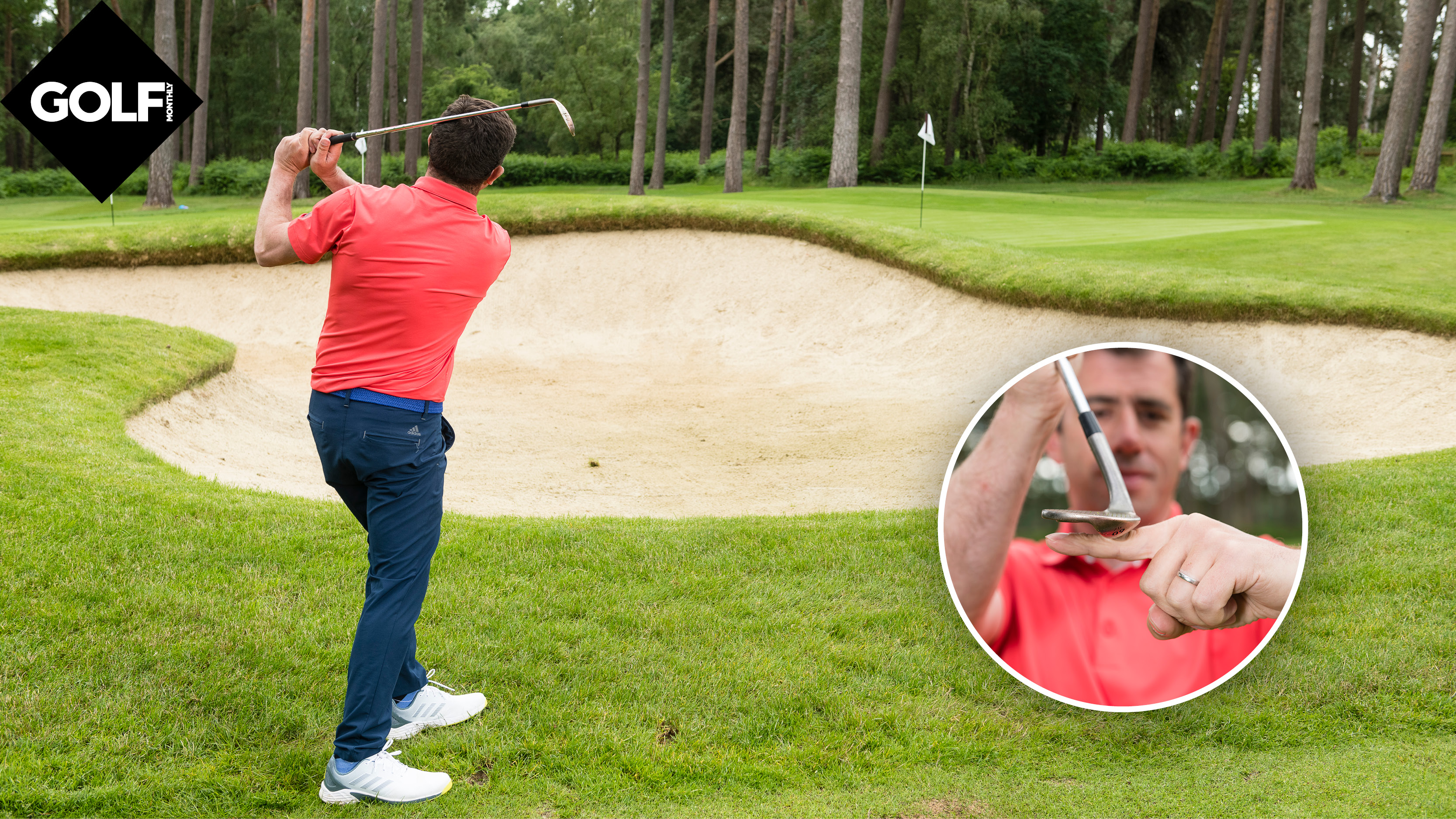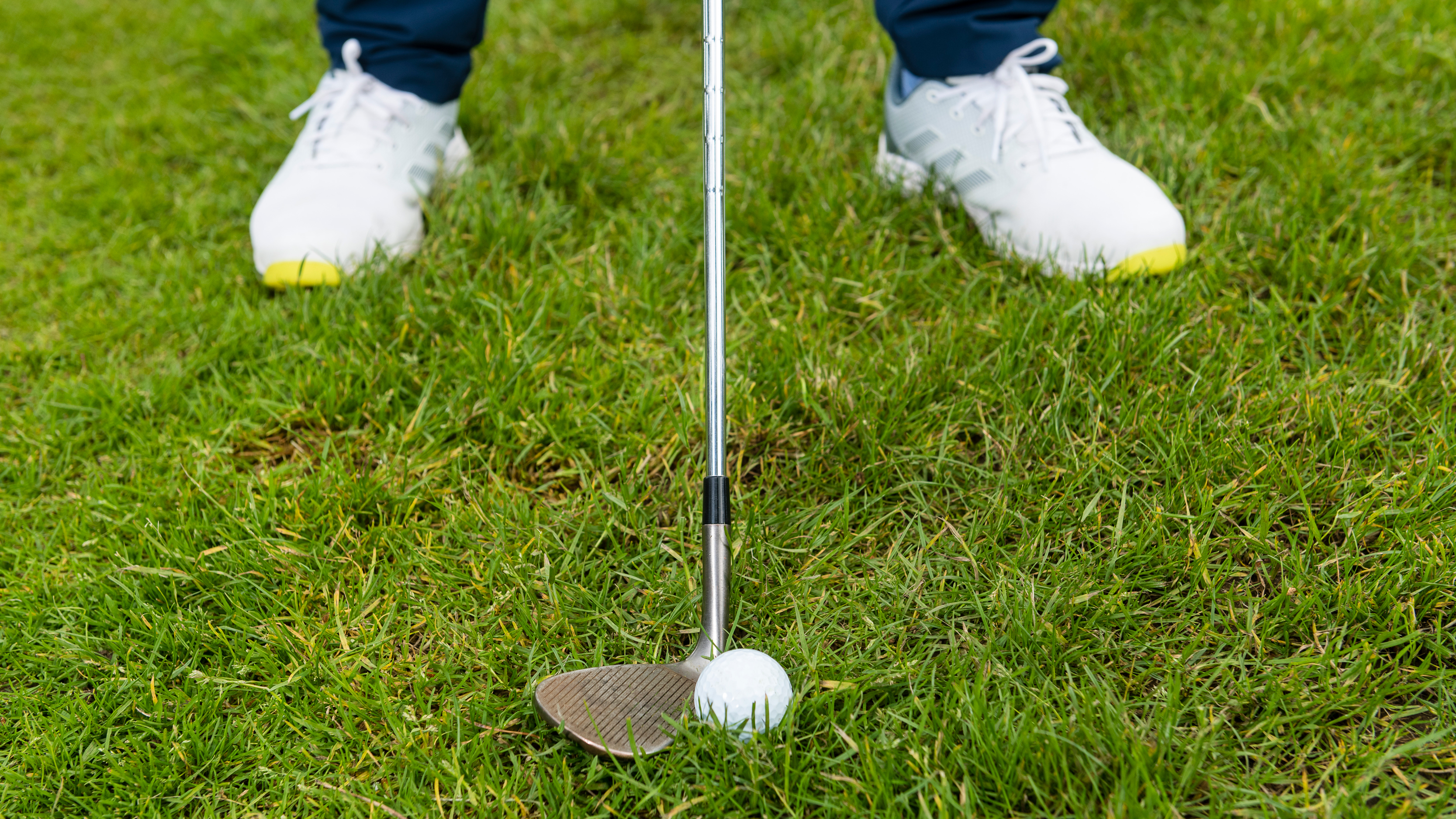How To Hit A Flop Shot
Short game expert Dan Grieve shares his tips on how to play the flop shot


Golf Monthly created this content as part of a paid partnership with TaylorMade. The contents of this article are entirely independent and solely reflect the editorial opinion of Golf Monthly.
How to hit a flop shot
With a flop shot, the aim is to get as much height as you can so the ball can land softly without much forward release. The best lob wedges help but you also need to know the proper technique. In the video and article below, short game guru Dan Grieve shares his top tips to master this eye-catching escape shot.
The correct set-up
So, how to hit a flop shot? First, a successful flop shot relies on having the correct set-up - you want a nice wide stance so you don't 'drift' from side to side. Often, fat or thin strikes are down to unwanted sideways movement.
Secondly, make sure to get about 70-80% of your weight on the front foot. Your upper body can come slightly back because the low point of the swing wants to be fractionally behind the ball to allow the bounce to slide underneath the ball.

Set up with a solid base and your weight forward with your hands nice and low
As for the ball position, you want it on your left heel. Then, press forward with your lower body and make sure the shaft is in line with the back of the ball to allow the bounce and loft to be showing - the video with this article shows exactly how to do it.
Finally, stand a bit further away from the ball to allow your hands to sit nice and low, which will also give you some cupping in the left wrist.
Taking the club back
When you take the club back, the key point is to feel your knuckles pointing up towards the sky and making sure there is cupping in the left wrist. A common mistake with wrist position in the flop shot is to arch the left wrist away from the body, which closes the face and takes loft off the club.
Subscribe to the Golf Monthly newsletter to stay up to date with all the latest tour news, equipment news, reviews, head-to-heads and buyer’s guides from our team of experienced experts.

Cupping your lead wrist (left) will help you slide the club under the ball (right)
As you swing through the shot, really focus on the loft of the club pointing back at your face as you follow through and keep turning your chest through the shot. This will make it easier to use the bounce on your wedges to increase your margin for error.
Reading the lie
The first thing you need to look at before even taking on the flop shot is how the ball is sitting. If you need to escape from a bad lie, then it's often best to take your medicine and play a different shot. Ideally, you want lots of grass under the ball where you know you can use the bounce as it was designed.

Consider the lie before deciding to attempt the flop shot
A tighter lie - where there isn’t much grass under the ball and the ground feels firm underneath - brings the thin shot into play. In this situation, I'd recommend learning how to hit a pitch shot that comes out a bit lower and takes the trailing edge away from the ball.
A good bit of insurance when hitting a shot off a tighter lie is to have it further back in your stance, take a little bit more divot and have the handle leaning slightly forward to avoid hitting it thin.

Location: Woburn GC
Dan is one of the leading coaches in the UK, a Fellow of the PGA and a short-game virtuoso. He has had considerable success with a collection of tour pros, helping them to Order of Merit titles and major victories, and his Short Game School is the most attended in the UK. His students, past and present, include Charley Hull, Georgia Hall, Inci Mehmet and Iona Stephen.
Most common problem:
Swing – over the top , help by getting the basics correct at address and making them aware how to get the club online coming down.
Short game – creating spin and feel around the greens, help by educating on what the short game actually is (weak on purpose) and understand bounce and how they can apply it to different lies/situations.
Greatest success story:
Helping Georgia Hall from World No. 450 to No. 6 and winning a Major, two Order of Merits and Solheim Cup appearances.
Greatest teacher:
Alex Hay was a great influence during my first few years at Woburn. In sport more generally Sir Clive Woodward has taught me how to deliver at the highest level.
Most common fault:
Flipped right hand (hands behind the ball). Understand a correct coil/load going back and how to sequence better coming down so the chest opens up and gives the arms space to deliver a stronger impact. Lots of body action drills to enhance the feel, with and without the ball.